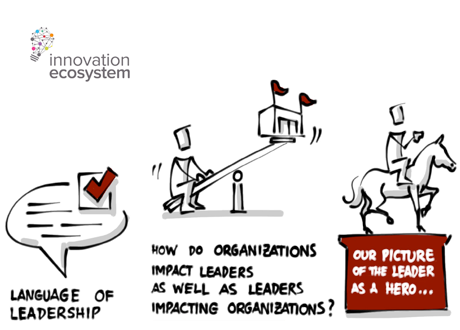A Closer Look at the Three Skill Sets that Enable Innovation
In our previous posts, we’ve made two major points. One: innovation is vital for the long-term survival of any business. And two: a handful of crazy ideas won’t cut the mustard. Successful innovation is a complex process that requires a whole lot more than just riotous creativity. Based on academic research, and in close collaboration with professor Frederik Anseel (Ghent University), we’ve defined three innovation profiles: ideators, champions and implementers. Each of these personas has a crucial part to play in what we like to call ‘innovation dream teams’. What makes them unique and why do you need all three? Let’s take a closer look.





